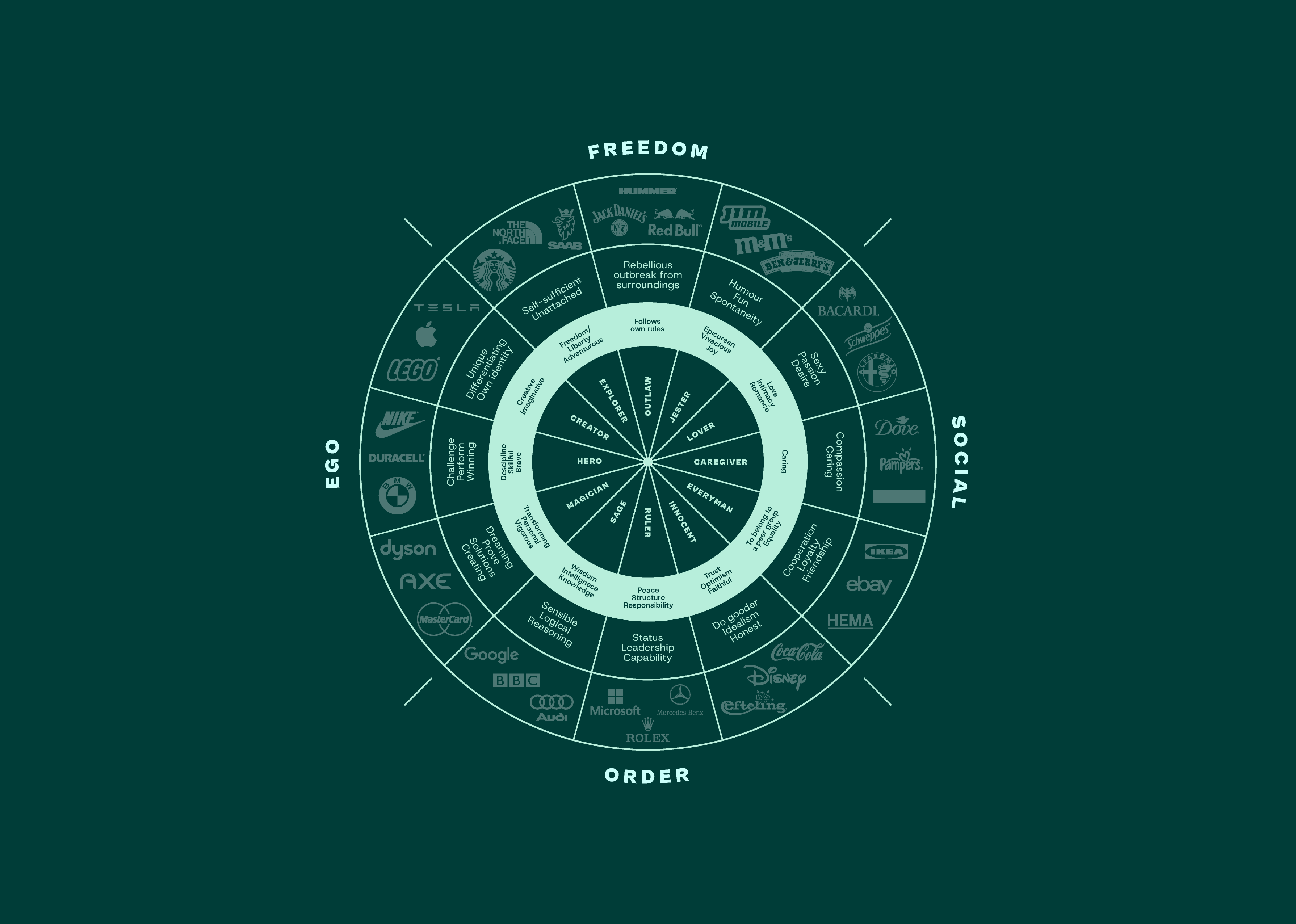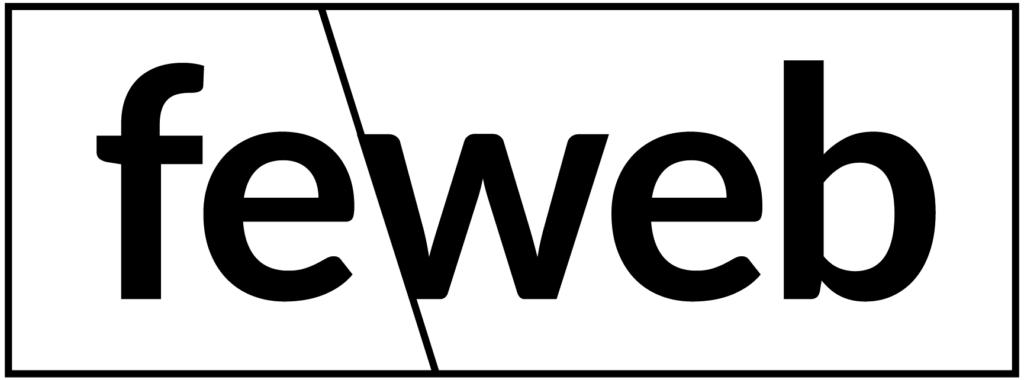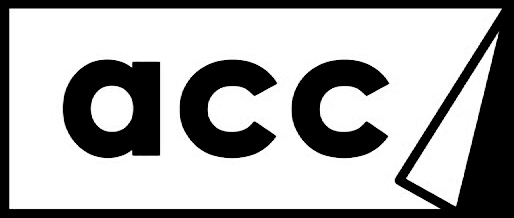Jung’s archetypes at the core of your communication style: getting started

More and more brands are using brand archetypes to sharpen their positioning and brand identity. At Comma, we have been doing this for years. Using the Brand Wheel, we work with you to define a communication style that fits both your brand and your target audience.
Archetypes are based on the work of psychiatrist Carl Gustav Jung. He described them as universal personalities that exist in our collective unconscious, recognizable in fairy tales, films, and stories. Think of the hero, the wise wizard, the caring mother, or the rebel. We instinctively recognize them and automatically attach expectations to them, which makes them so valuable in branding.
An archetype is a personality type that evokes emotions and guides expectations. People don’t just buy what you do, but also why and how you do it. The right archetype shows who you are, what you stand for, and how you communicate with your audience.
With archetypes, you make your brand:
- Recognizable – people instantly feel what your brand conveys
- Authentic – your archetype strengthens your core, it’s not a mask
- Distinctive – one clear position ensures focus and consistency
Before choosing your archetype, you first need a solid foundation: your strategy. Using tools like the Business Model Canvas (Osterwalder) and a clear positioning, you determine what your brand stands for.
Next comes the question: how will you communicate? The Brand Wheel helps you choose from 12 archetypes. One clear choice creates clarity in the market. Combining multiple archetypes at the same time can lead to a loss of focus and recognizability.
We guide you step by step through this process:
- Discover the quadrants
Freedom – Social – Order – Ego. Each quadrant represents a different type of promise and expression. - Connect your core promise
Which core values do you want to convey? These guide you to the right quadrant and archetype. - Eliminate what doesn’t fit
Go around the circle and remove archetypes that are not in line with your brand. - Look through the communication lens
Think about advertisements, campaigns, and visuals you associate with brands. Does that style fit your brand? - Think externally
Focus on your audience and communication, not just your internal company culture. - Check the competition
Make sure your archetype is distinctive enough in your market. - Think ahead
Is your company in transformation? Choose an archetype that can grow with your ambitions. - Ensure consistency
Once chosen, translate your archetype across all communication: tone of voice, storytelling, visual style, campaigns, and design. Only then can you build a strong brand day by day.
- Magician transforms and inspires (Axe, MasterCard)
- Hero courageous and ambitious (Nike, BMW)
- Creator creative and unique (Apple, Lego)
- Explorer adventurous and free (Lonely Planet, Nikon)
- Outlaw rebellious and boundary-pushing (Harley Davidson, Red Bull)
- Jester lighthearted and playful (Ben & Jerry’s, Nintendo)
- Lover emotional and alluring (Chanel, Magnum)
- Caregiver caring and harmonious (Nivea, Pampers)
- Everyman ordinary and approachable (Ikea, Hema)
- Innocent pure and optimistic (Coca-Cola, Disney)
- Ruler structured and visionary (Mercedes, Microsoft)
- Sage knowledgeable and insightful (Wikipedia, Philips)
Choosing an archetype may seem complex, but step by step you move closer to the core. With the right focus you build a brand that is pure, unique and clear, and above all consistent. This way you develop a brand personality that your target audience not only recognizes but also embraces.





